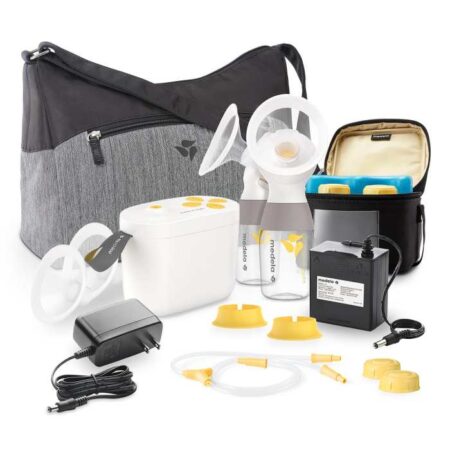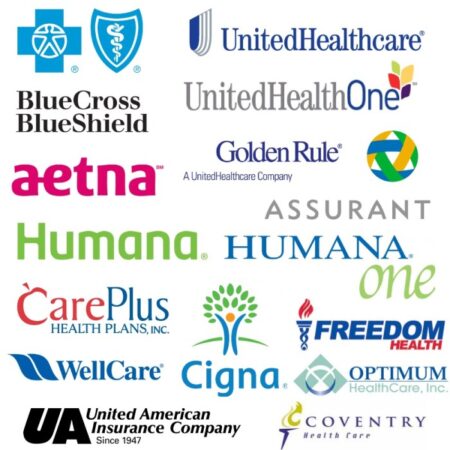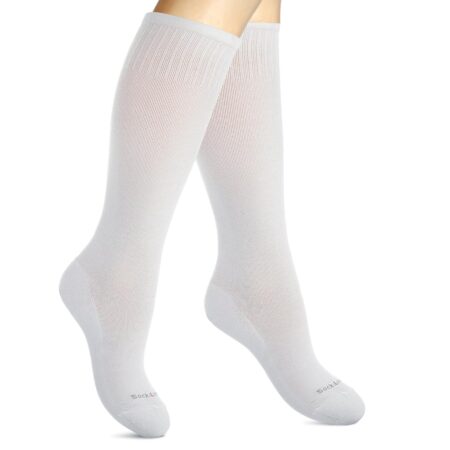
Do all insurance companies cover breast pumps? It’s a question on the minds of many expecting mothers, and the answer, like most things in the world of insurance, is “it depends.” Navigating the world of insurance coverage for breast pumps can be a real head-scratcher, especially when you’re already dealing with the whirlwind of pregnancy and motherhood.
From understanding different types of health insurance plans to figuring out what the Affordable Care Act has to say about it, there’s a lot to unpack. Don’t worry, we’re here to break it down for you, making this whole insurance thing a little less “stressful” and a lot more “chill.”
Accessing Coverage

Navigating the world of insurance can be a confusing experience, especially when it comes to specific medical equipment like breast pumps. Understanding your insurance plan’s coverage for breast pumps can feel like deciphering a secret code, but it doesn’t have to be a stressful ordeal. With a little research and some strategic steps, you can successfully access the coverage you need.
Determining Coverage
Knowing whether your insurance covers breast pumps and to what extent is the first step. This information can be accessed through various channels, including:
- Insurance Company Websites and Member Portals: Most insurance companies have dedicated websites and member portals that provide detailed information about covered benefits. These platforms often offer tools to search for specific medical equipment and services, including breast pumps. They may also include explanations of coverage limitations, such as specific pump models or rental periods.
- Health Insurance Providers: Directly contacting your health insurance provider is a reliable way to get personalized answers. They can provide information about your specific plan’s coverage, including any pre-authorization requirements or specific pump models covered.
- Lactation Consultants: Lactation consultants are experts in breastfeeding and often have extensive knowledge about insurance coverage for breast pumps. They can guide you through the process, help you understand your plan’s details, and even assist with navigating pre-authorization procedures.
- Patient Advocacy Groups: Organizations like the International Lactation Consultant Association (ILCA) and the La Leche League offer resources and support for breastfeeding mothers, including information on insurance coverage for breast pumps. They can provide guidance on navigating the process and connecting you with local resources.
Step-by-Step Guide for Seeking Coverage
To ensure a smooth process, follow these steps:
- Gather Your Information: Before contacting your insurance company, gather your insurance card details, including your policy number and group number. You may also need your doctor’s prescription for a breast pump, as some plans require it.
- Check Your Plan Documents: Review your insurance plan documents, including the summary of benefits and coverage details. Look for sections related to medical equipment, durable medical equipment (DME), or breastfeeding supplies. This initial review can help you identify key coverage details.
- Contact Your Insurance Provider: Call or email your insurance company’s customer service line or use their online member portal to inquire about breast pump coverage. Be prepared to provide your policy information and details about your pregnancy or breastfeeding needs.
- Pre-Authorization: Some insurance plans require pre-authorization for breast pumps. This means obtaining approval from your insurance company before purchasing or renting a pump. The process may involve submitting a request with supporting documentation, such as a doctor’s prescription or a lactation consultant’s recommendation.
- Explore Rental Options: If your insurance covers rental options, inquire about the process and rental period. Some plans offer a specific rental duration, while others may allow for extended rental periods if needed.
- Review Your Coverage Confirmation: Once you’ve received confirmation of your coverage, carefully review the details. Ensure you understand the covered pump models, any limitations on rental periods, and any co-pays or deductibles associated with the coverage.
Alternative Options: Do All Insurance Companies Cover Breast Pumps
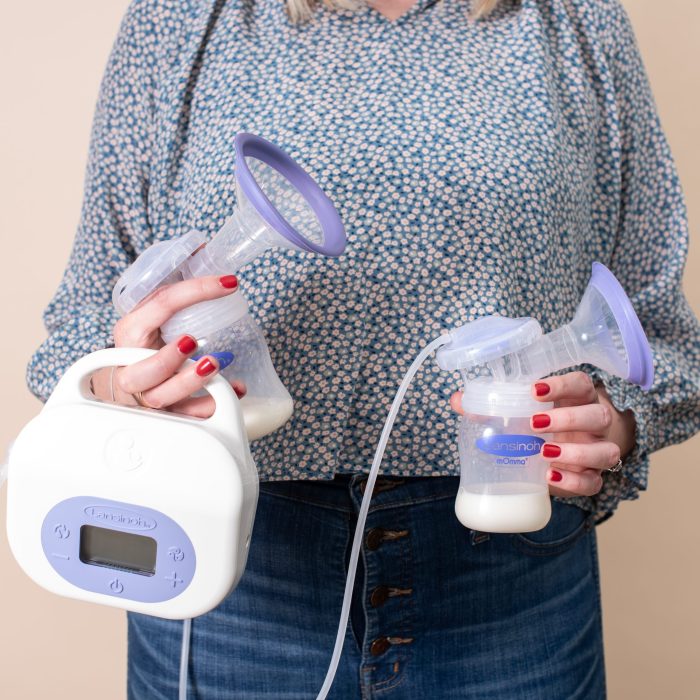
If your insurance company doesn’t cover a breast pump or you’re looking for more affordable options, there are a few alternatives you can consider.
These options can be lifesavers, especially if you’re on a budget or have a high deductible.
Rental Programs
Rental programs allow you to rent a breast pump for a set period of time, typically for a few months. This is a great option if you only need a pump for a short period or if you’re unsure which type of pump is right for you.
- Pros:
- Affordable: Rental programs are typically cheaper than buying a new pump.
- Variety of Options: You can choose from a variety of pumps to find the one that best suits your needs.
- No Commitment: You can return the pump after your rental period is over.
- Cons:
- Limited Availability: Not all hospitals or pharmacies offer rental programs.
- Rental Fees: You’ll need to pay a monthly rental fee, which can add up over time.
- Limited Functionality: Some rental programs may only offer basic pumps.
Second-Hand Purchases
Buying a used breast pump can be a great way to save money, especially if you’re looking for a specific model or brand.
- Pros:
- Cost-Effective: Used pumps can be significantly cheaper than new ones.
- Wide Selection: You can find a variety of pumps in different conditions and price ranges.
- Cons:
- Unknown History: You may not know the pump’s history or how well it was maintained.
- Potential for Malfunction: Used pumps may not be in perfect working condition.
- Safety Concerns: Make sure to sanitize the pump thoroughly before using it.
Financial Assistance Programs, Do all insurance companies cover breast pumps
Several organizations offer financial assistance programs to help mothers afford breast pumps.
- Pros:
- Affordable: These programs can help you purchase a pump at a reduced cost or even for free.
- Variety of Options: Different programs have different eligibility requirements and benefits.
- Cons:
- Limited Availability: Not all programs are available in every state or region.
- Eligibility Requirements: You may need to meet certain income or other criteria to qualify.
- Application Process: The application process can be time-consuming and complex.
Comparison Table
| Method | Cost | Benefits | Drawbacks |
|---|---|---|---|
| Rental Programs | $50-$100 per month | Affordable, variety of options, no commitment | Limited availability, rental fees, limited functionality |
| Second-Hand Purchases | $50-$200 | Cost-effective, wide selection | Unknown history, potential for malfunction, safety concerns |
| Financial Assistance Programs | Varies | Affordable, variety of options | Limited availability, eligibility requirements, application process |
Final Review
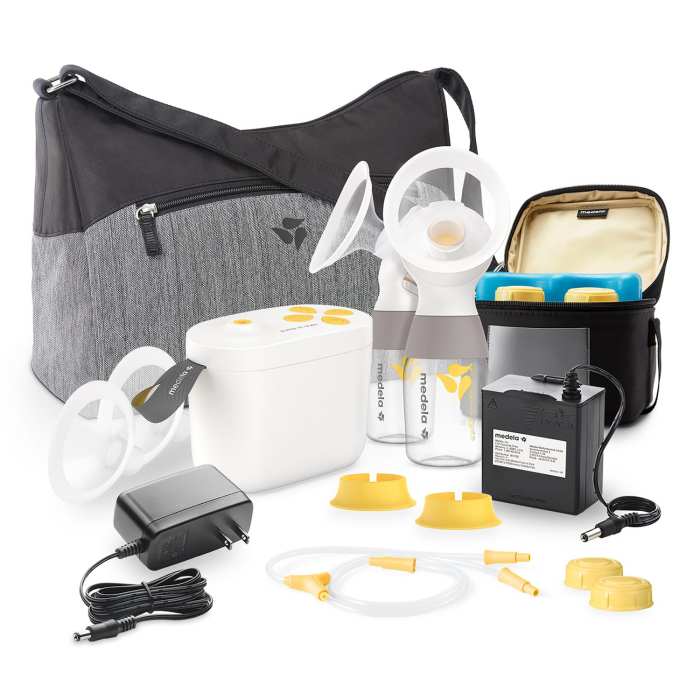
So, while not all insurance companies cover breast pumps, many do. The key is to do your research, understand your plan, and know your rights. Don’t be afraid to ask questions, get the support you need, and remember, breastfeeding is a superpower, and you’ve got this!
FAQ
Is there a specific type of breast pump I need to get for insurance to cover it?
It depends on your insurance plan. Some plans may require a prescription for a specific type of breast pump, while others may cover a wider range of options. It’s best to check with your insurance company for details.
What if I don’t have health insurance?
Don’t worry, there are still options! Some states offer programs that provide financial assistance for breast pumps, and you can also explore rental programs or second-hand purchases.
How do I know if my insurance covers breast pumps?
The easiest way to find out is to contact your insurance company directly. You can also check your plan’s summary of benefits or visit your insurance company’s website.
What documents do I need to provide for coverage?
You’ll likely need a prescription from your doctor or a lactation consultant, as well as proof of pregnancy or childbirth. Your insurance company may have specific requirements, so it’s best to check with them.
